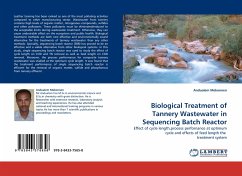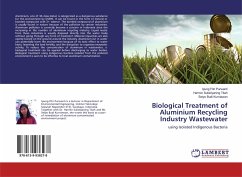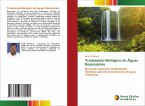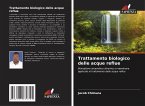Membrane bioreactors have been widely used in the biological treatment of wastewater. The membranes used in this type of technology are produced from synthetic, organic or inorganic materials. However, membranes can also be formed from the deposition of solid particles, colloids, polymeric materials, as well as microbial cells and flocs, on an inert support during the filtration process and, when coupled to a bioreactor, they become a single system called a Dynamic Membrane Bioreactor (DMBR). This type of bioreactor, while retaining the solids and microorganisms present in the system, removes organic material that is easy and difficult to degrade, which reduces treatment costs and makes it advantageous over conventional membrane bioreactors (BRM). In Brazil, this technology is relatively new and still little explored. Therefore, this review aims to evaluate the performance of BRMD's in anaerobic wastewater treatment systems. In addition to the advantages and disadvantages of thistype of system compared to conventional BRMs (micro- and ultrafiltration), the phenomena of BRMD are described.
Bitte wählen Sie Ihr Anliegen aus.
Rechnungen
Retourenschein anfordern
Bestellstatus
Storno








